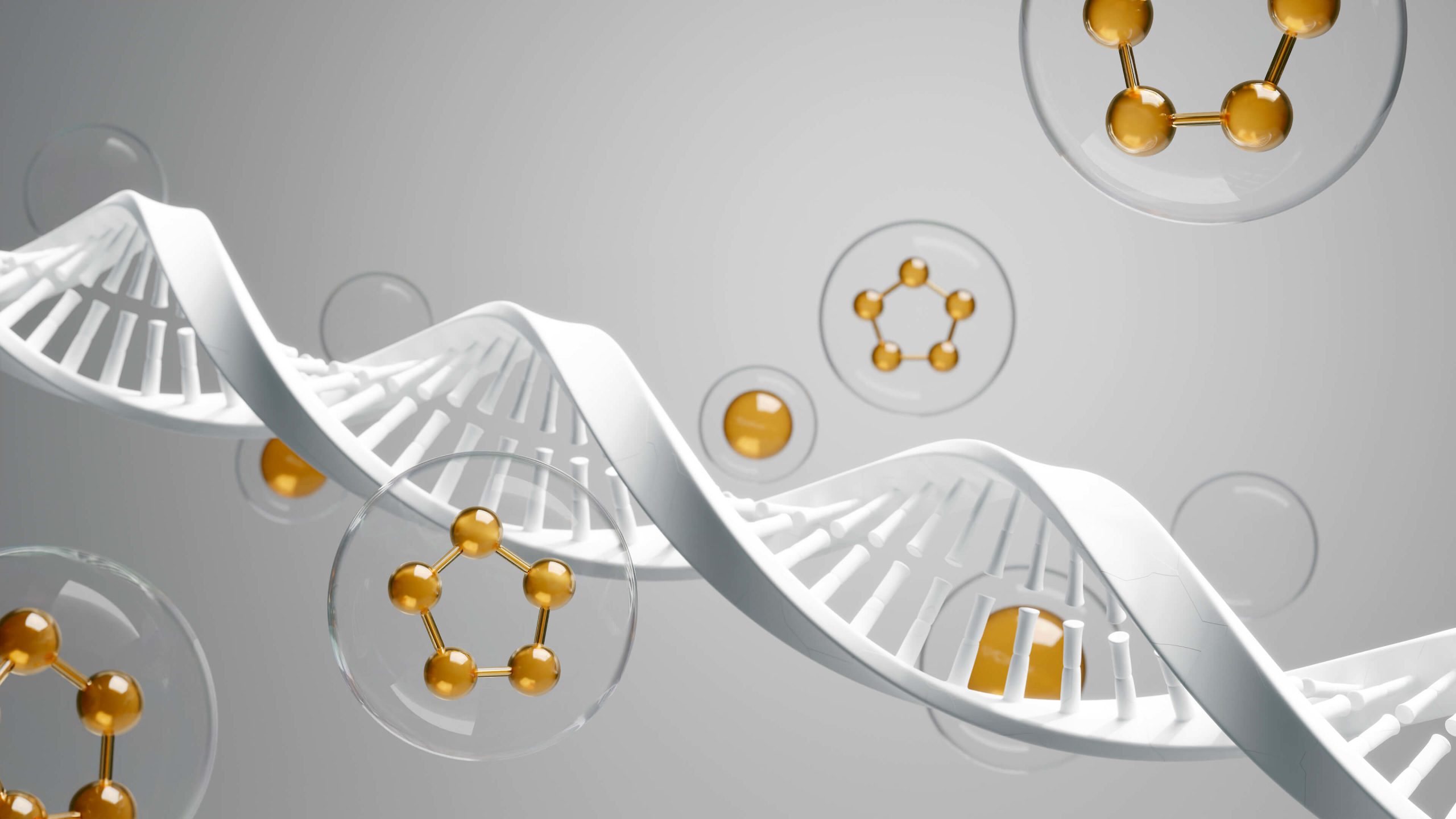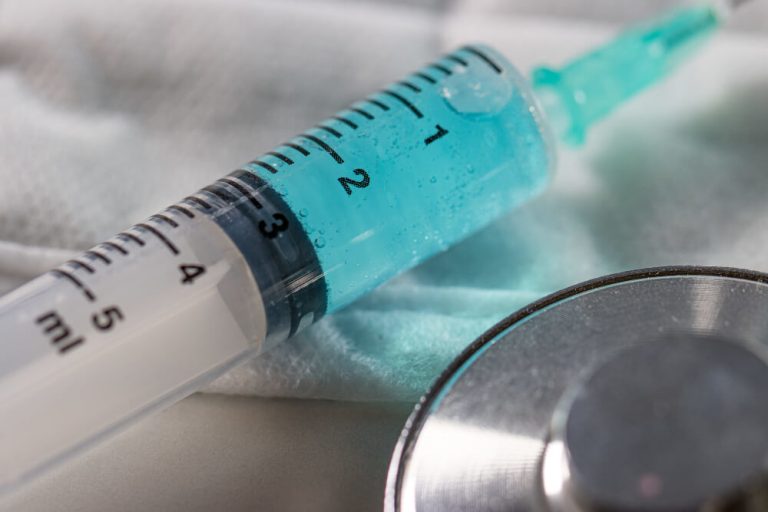Unlocking Wellness: A Guide to Menopause Training for a Stronger You
Menopause is a natural biological process, a significant transition in a woman’s life that is often misunderstood and undertreated. For far too long, the conversation has been dominated by a narrow focus on hot flashes and mood swings, overlooking the profound systemic changes occurring within the body. This transition is not an illness to be cured, but a new physiological state that requires a new approach to health, wellness, and fitness.
This is where the concept of ‘menopause training’ emerges as a powerful, proactive strategy. It moves beyond simple symptom management and embraces a holistic framework designed to address the unique challenges and opportunities of this life stage. Comprehensive menopause training equips both individuals and healthcare professionals with the knowledge to navigate these changes effectively, fostering resilience, strength, and long-term vitality.
Embracing this new chapter involves understanding how to adapt your lifestyle, particularly your exercise and nutrition, to work with your changing body, not against it. It is about building a foundation of health that will support you not just through the transition, but for all the decades that follow. By reframing menopause as a catalyst for positive change, we can unlock a new level of well-being.

Why is Menopause More Than Just Hot Flashes?
To truly appreciate the need for specialized training, we must first understand the depth of the changes that menopause brings. The hallmark of this transition is the decline in reproductive hormones, primarily estrogen, but also progesterone and testosterone. These hormones are not just for reproduction; they are systemic messengers that influence nearly every tissue and organ in the body.
When estrogen levels fall, a cascade of effects is triggered. Bone density can decrease at an accelerated rate, increasing the risk of osteoporosis. The body’s ability to build and maintain muscle mass diminishes, a condition known as sarcopenia. This loss of muscle is significant because muscle is a metabolically active tissue; less muscle means a slower metabolism, which often contributes to weight gain, particularly around the abdomen.
Furthermore, the cardiovascular system is affected. Estrogen has a protective effect on the heart and blood vessels. Its decline can lead to changes in cholesterol levels, increased blood pressure, and a higher risk of heart disease. The way the body processes sugar also changes, leading to decreased insulin sensitivity and a greater risk for type 2 diabetes. These are not minor adjustments; they are fundamental shifts in your body’s operating system.
These physiological changes explain why the strategies that worked in your 20s and 30s may no longer be effective. Simply eating less and moving more might not yield the same results. A targeted, intelligent approach is required to counteract these specific challenges and optimize health for the long term. This is the core purpose of menopause-specific training and education.

What Are the Pillars of Effective Menopause Training?
Effective menopause training is built on a multi-faceted approach that addresses the key physiological shifts occurring during this time. It is not about a single magic bullet exercise or diet but about creating a synergistic lifestyle plan. The primary pillars include strength training, strategic cardiovascular exercise, mobility and flexibility work, and supportive nutrition and stress management.
Each pillar plays a distinct and crucial role in building a resilient body and mind. They work together to manage symptoms, reduce long-term health risks, and improve overall quality of life. Understanding how to implement each component correctly is the key to unlocking their powerful benefits.

How Does Strength Training Counteract Menopausal Changes?
If there is one non-negotiable component of a menopause training plan, it is resistance or strength training. Its benefits directly target some of the most significant challenges of the menopausal transition. The mechanical stress that lifting weights places on bones is a powerful signal for the body to build new bone tissue, directly combating the accelerated bone loss that can lead to osteopenia and osteoporosis.
Building and maintaining lean muscle mass is equally critical. As sarcopenia sets in, strength training provides the necessary stimulus to preserve and even increase muscle. More muscle means a higher resting metabolic rate, making it easier to manage weight and maintain a healthy body composition. A body with more muscle is also more efficient at using glucose, which improves insulin sensitivity and lowers the risk of metabolic syndrome.
This is not about becoming a bodybuilder, unless that is your goal. It is about progressively challenging your muscles with resistance. This can be achieved with free weights, resistance bands, weight machines, or even your own body weight. The goal is to work all major muscle groups at least two to three times per week, focusing on proper form and gradual progression.
Strength training also has a profound impact on functional strength, which is the strength you need for everyday life. It makes activities like carrying groceries, playing with grandchildren, and gardening easier and safer, preserving independence and vitality for years to come.

Why is Cardiovascular Exercise Still Crucial?
While strength training takes center stage for its metabolic and bone-building benefits, cardiovascular exercise remains a vital piece of the puzzle. The increased risk of cardiovascular disease post-menopause makes heart-healthy activities more important than ever. Regular cardio helps maintain a healthy weight, lower blood pressure, improve cholesterol profiles, and keep your heart muscle strong.
However, the type and intensity of cardio may need to be adjusted during menopause. The body’s stress response system can be more sensitive, and long, grueling cardio sessions might sometimes increase cortisol levels, which can hinder fat loss and disrupt sleep. A balanced approach is often most effective, incorporating different types of cardiovascular exercise.
High-Intensity Interval Training (HIIT) involves short bursts of all-out effort followed by brief recovery periods. This method is incredibly time-efficient and has been shown to be highly effective at improving cardiovascular fitness and insulin sensitivity. On the other hand, Low-Intensity Steady-State (LISS) cardio, like brisk walking, cycling, or swimming at a moderate pace, is less stressful on the body, aids in recovery, and is excellent for mental health.
Finding the right mix of HIIT and LISS can provide a full spectrum of benefits. Many women find that two to three sessions of moderate cardio, supplemented with one or two shorter HIIT sessions per week, is a sustainable and effective strategy. The key is to listen to your body and adjust based on your energy levels and recovery. For more guidance, many resources outline the benefits of exercise for menopause to help you get started.
Beyond heart health, regular cardiovascular exercise is a powerful tool for managing other menopausal symptoms. It can significantly improve sleep quality, reduce the severity and frequency of hot flashes for some women, and is a proven mood booster. The endorphin release from a good workout can help combat the anxiety and low mood that can sometimes accompany this transition, helping you to boost your mood and bone health simultaneously.

What Other Health Aspects Should Be Considered?
The journey through menopause extends beyond the gym and the kitchen. It touches upon intimate aspects of health that are often left out of the conversation, as well as complex internal changes that require a deeper level of understanding. A truly comprehensive approach addresses these areas with sensitivity and expertise.
Managing stress through practices like yoga, meditation, and deep breathing becomes paramount, as high cortisol levels can exacerbate symptoms like weight gain and sleep disturbances. Prioritizing sleep is also non-negotiable. Creating a consistent sleep routine in a cool, dark, and quiet room can dramatically improve recovery, mood, and overall hormonal balance.

How Does Menopause Affect Pelvic and Urogenital Health?
One of the most common yet least discussed consequences of declining estrogen is its effect on the tissues of the vagina and urinary tract. This collection of symptoms is known as Genitourinary Syndrome of Menopause, or GSM. The lack of estrogen can cause the vaginal walls to become thinner, drier, and less elastic, leading to discomfort, pain during intercourse, and increased susceptibility to infections.
Similarly, the urinary tract is affected, which can result in symptoms like urinary urgency, frequency, and recurrent urinary tract infections. These symptoms can significantly impact a woman’s quality of life, confidence, and intimate relationships. Unfortunately, many women suffer in silence, believing it is an inevitable part of aging. This is not the case; effective treatments are available.
Addressing GSM requires specialized knowledge that goes beyond general wellness advice. It involves understanding the role of localized hormone therapy, non-hormonal moisturizers and lubricants, and pelvic floor physical therapy. For healthcare professionals and individuals seeking to understand this condition better, exploring evidence-based GSM treatment protocols is a critical step toward providing and receiving effective care.

What About Heart Health and Metabolic Changes?
As mentioned, the risk of heart disease increases significantly after menopause. This makes monitoring cardiometabolic health a top priority. However, the standard cholesterol panel you might get at a routine check-up may not tell the whole story. This transition can cause subtle but dangerous changes in the size and density of cholesterol particles, as well as increases in inflammation, which are not captured by basic tests.
This is where advanced cardiometabolic testing comes in. These detailed panels look at markers like lipoprotein particle number and size, apolipoprotein B (ApoB), and inflammatory markers like C-reactive protein (CRP). These tests provide a much clearer picture of cardiovascular risk, allowing for more targeted and proactive interventions long before a serious problem develops.
For clinicians, the ability to order and interpret these tests is a cornerstone of modern, preventative menopause care. It allows for a personalized approach to risk reduction, guiding recommendations on nutrition, supplements, and lifestyle. Having the skills for interpreting advanced cardiometometabolic panels is a game-changer, enabling a shift from reactive to truly preventative medicine.

How Can I Fit Exercise Into a Busy Life?
Knowing what to do is one thing; actually doing it is another. For many women in midlife, time is a precious commodity. Juggling career demands, family responsibilities, and other commitments can make finding time for exercise feel like an impossible task. The key is to shift your mindset from ‘all or nothing’ to ‘something is always better than nothing’.
Start by scheduling your workouts into your calendar just as you would any other important appointment. This act of scheduling gives them legitimacy and makes you more likely to follow through. Breaking up activity throughout the day can also be highly effective. A brisk 15-minute walk in the morning, another during your lunch break, and a short strength session in the evening can be just as beneficial as a single one-hour block.
Look for ways to incorporate more movement into your existing routine, a strategy often called ‘exercise snacking’. Take the stairs instead of the elevator, park further away from the store entrance, or do squats while waiting for your coffee to brew. There are many resources available to help with this, including a helpful exercise toolkit for busy women that provides practical strategies.
Ultimately, consistency trumps intensity. A perfect workout plan that you only follow once a month is far less effective than a good-enough plan that you stick with most days of the week. Finding activities you genuinely enjoy is also crucial for long-term adherence. If you hate running, don’t force it. Explore dance classes, hiking, swimming, or team sports. An exercise and the menopause factsheet can offer more ideas and information to help you find what works for you.

Why is Specialized Training for Healthcare Professionals Essential?
The complexity of the menopausal transition highlights a significant gap in conventional medical training. Many doctors, nurses, and other healthcare providers receive very little formal education on menopause management, particularly from an integrative and preventative perspective. This often leaves them ill-equipped to provide the comprehensive, nuanced care that women in this life stage deserve.
Patients are often told their symptoms are just a normal part of aging, with little practical advice offered beyond a prescription for antidepressants or sleep aids. While these can be helpful tools, they do not address the root hormonal and metabolic changes that are driving the symptoms. This is where specialized professional training becomes not just beneficial, but essential.
A healthcare professional with advanced training in menopause can offer a much higher standard of care. They understand the intricate interplay between hormones, metabolism, bone health, cardiovascular risk, and mental well-being. They are skilled in interpreting advanced lab work, personalizing exercise and nutrition protocols, and discussing sensitive topics like sexual health with confidence and expertise.
This level of care empowers patients, giving them the tools and knowledge to become active participants in their own health journey. For practitioners who are passionate about preventative medicine and helping patients thrive, learning how to become a certified menopause practitioner is a powerful way to make a profound difference in the lives of millions of women. It transforms their practice from one that simply manages symptoms to one that builds lifelong health.
Menopause is not a destination of decline but a pivotal point of transformation. With the right knowledge, tools, and support, it can be a gateway to a second half of life that is even more vibrant, strong, and fulfilling than the first. It requires a commitment to learning about your own body or, for professionals, a commitment to learning how to best serve this population. This investment in education is an investment in long-term, radiant health.
Frequently Asked Questions

Why does menopause itself increase heart disease risk, separate from just getting older?
The transition into menopause marks a significant hormonal shift, primarily the decline of estrogen, which has a direct protective effect on the cardiovascular system. Estrogen helps keep blood vessels flexible, allowing them to dilate and contract easily, and it also plays a positive role in maintaining healthy cholesterol levels. As estrogen levels fall, women may experience negative changes in their lipid profiles, such as an increase in LDL ("bad") cholesterol and a decrease in HDL ("good") cholesterol, independent of aging.
Beyond these direct effects, the menopausal transition often triggers other physiological changes that elevate cardiovascular risk. Many women experience a redistribution of body fat, with an increase in visceral fat around the abdominal organs, which is metabolically active and linked to inflammation and insulin resistance. This period is also associated with a tendency for higher blood pressure and an increased risk of developing metabolic syndrome, further compounding the risk for heart disease.

Should I be concerned about cardiovascular risk if I have no other risk factors like smoking or high cholesterol?
Yes, you should still be proactive about your heart health, as menopause is considered an independent risk factor for cardiovascular disease. Even if you have always maintained a healthy lifestyle, the physiological changes brought on by the loss of estrogen can alter your risk profile. The protective benefits your body previously enjoyed from estrogen are diminished, potentially leading to subtle, unfavorable changes in blood pressure, blood sugar, and cholesterol.
Therefore, the menopausal transition is the ideal time to establish a new cardiovascular health baseline with your doctor. This doesn’t mean you will inevitably develop heart disease, but it does mean that ongoing monitoring becomes more critical. Regular check-ups allow you and your provider to track any changes and intervene early, ensuring your healthy habits continue to be effective in this new physiological stage.

What specific tests should I request from my doctor for a menopause-related heart health check?
When discussing cardiovascular assessment with your doctor, you should start by ensuring you have an up-to-date standard lipid panel, which measures total cholesterol, LDL, HDL, and triglycerides. A comprehensive check should also include blood pressure measurement, a fasting glucose test to screen for diabetes, and a discussion about your family history and lifestyle. For a more in-depth look, you can ask about advanced blood tests like high-sensitivity C-reactive protein (hs-CRP) to measure inflammation or Lipoprotein(a), a genetic risk factor.
Depending on your overall risk profile, your doctor may also suggest non-invasive imaging like a coronary artery calcium (CAC) score. This specialized CT scan detects hardened plaque in the heart’s arteries, providing a direct measure of atherosclerosis and a powerful predictor of future cardiac events. The decision to pursue these more advanced tests is a personalized one, making an open conversation with your healthcare provider essential to create the right assessment strategy for you.
Discover the most comprehensive functional medicine training, longevity training, and biohacking certification programs designed specifically for healthcare professionals, medics, and clinic owners who want to master regenerative medicine protocols and anti-aging therapies.







